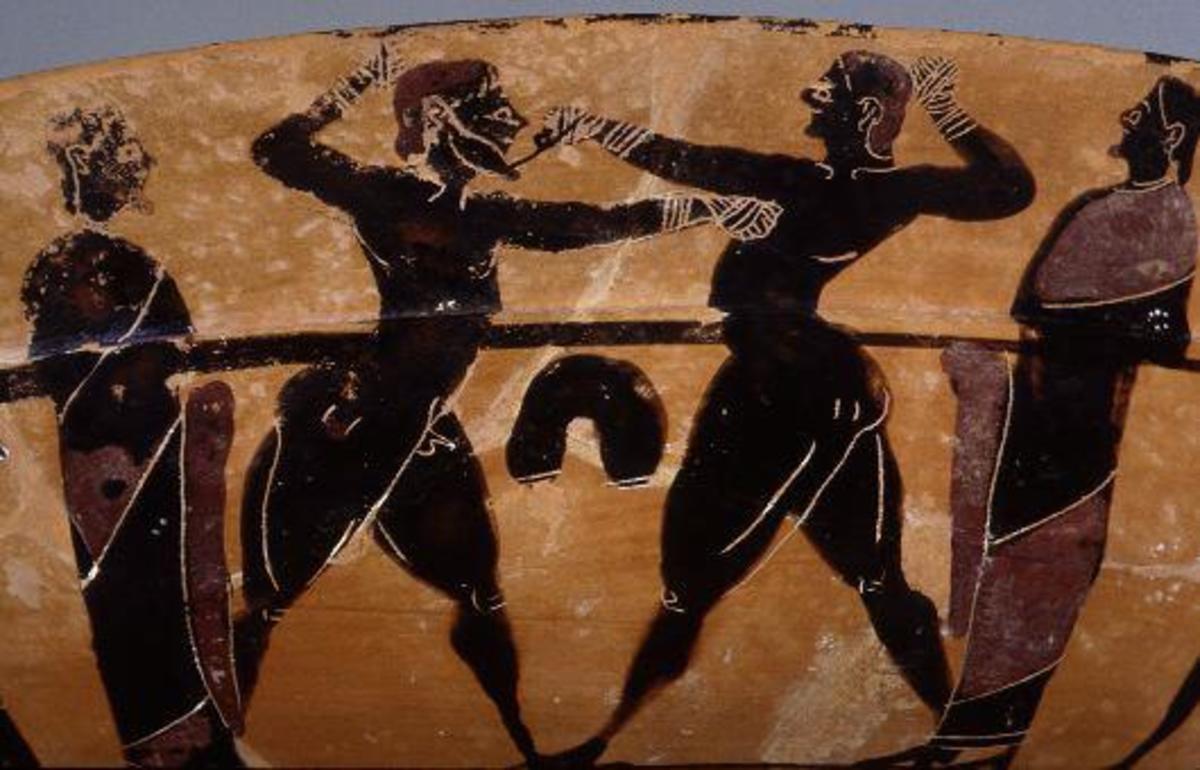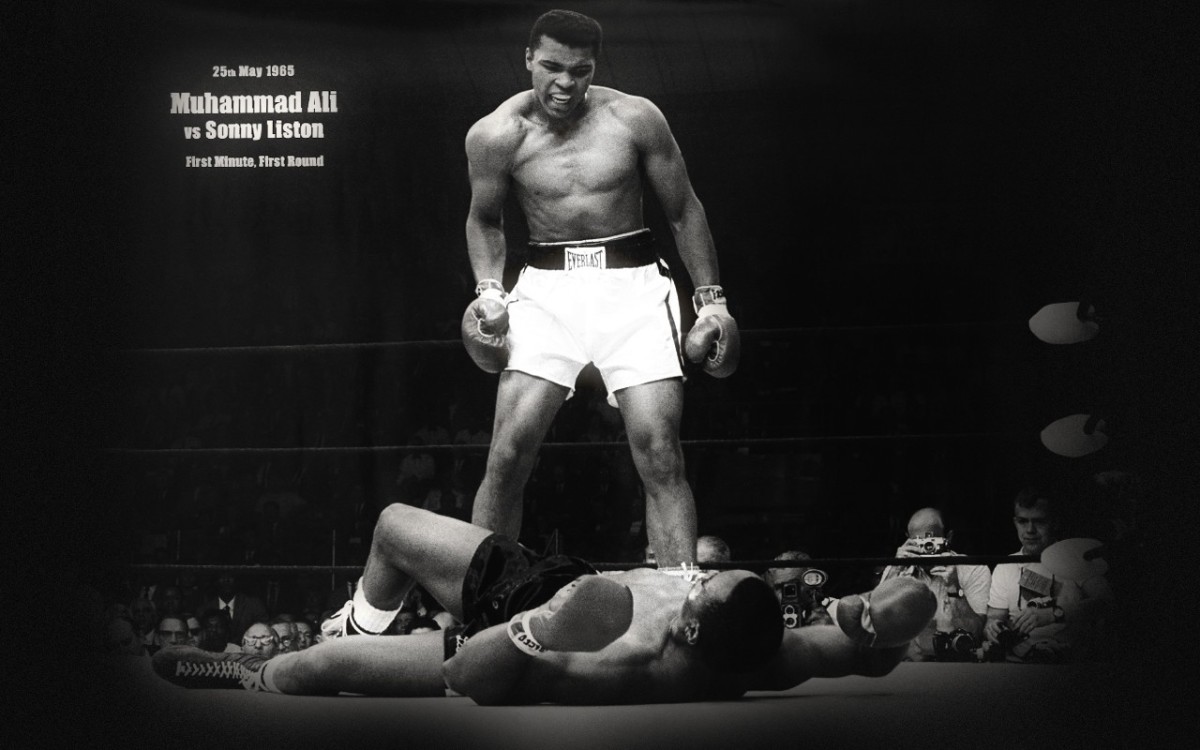How To: Understanding Basic Boxing
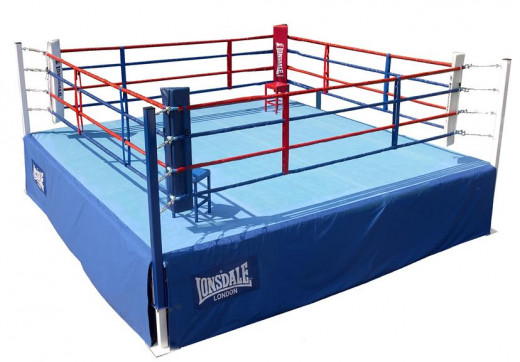
Basic Boxing
Welcome to Basic Boxing.
This article is written by a 5-year competitive boxer and part-time boxing instructor.
This article is intended for informational purposes only. To give you a better understanding of the sport. It is not meant to replace boxing instruction. For more information on boxing lessons and how to become a competitive boxer, visit your local boxing gym.
It is important to keep in mind that boxing requires intense physical activity. As with any exercise, contact your physician before attempting to participate.
Now, please enjoy, Basic Boxing.

Rules: Amatuer vs. Professional Boxing
At one time, the rules for amateur boxing verses professional boxing were very different. it was almost two different sports.
However, in early 2013, the rules of amateur boxing were changed to more closely match its professional counterpart.
For one, the scoring used to be very complicated at the amateur level. Now, all bouts are scored using the 10-Point Must scoring system. Meaning that the winner of a round is guaranteed 10 points. The loser of the round is given either 9, 8, 7, or 6 points, depending on performance.
Other changes include, changing the term "Referee Stops Contest' to "Technical Knockout".
Not changed are the number of rounds and the use of the Standing Eight Count, which has been recently re-adopted by professional boxing.

Exceptions In Canada
Amateur boxing is practically the same in all of North America. However, in the province of Ontario in Canada, there is a difference in the way boxers are categorized.
Ontario has age classes within the weight categories. The rule is 10 years. Competing boxers can not be more that 10 years apart in age. This is a fairly new rule, introduced in 2006. Ontario is the only boxing jurisdiction to have this rule, and nobody really knows why or how it came to be. Some believe that it should be reversed, as age really has no bearing on how well one performs in the ring.

Required Gear
Boxing gear for competition is generally supplied by the host club, with the exception of handwraps, mouthguard, and groin protector. These have to be supplied by the athlete.
Gloves used for amateur competition in North America are 12 oz. For Novice and Masters divisions, headgear is required.
The gloves and headgear are the same colour for each boxer, and match the colour of the corner the boxer represents.
Trunks and tank top are also required. Usually they are in the colours of your gym, and the gym name is on the front or back of the top.
Although boxing shoes are not required, they are highly recommended. They have special soles to prevent slipping on the canvas, and to make pivoting easier.

Training and Practice
This sport, besides being complicated to learn and has a lot of rules, it is also very physically demanding.
There is a high amount of physical activity over a short period of time. This requires boxers to be in prime physical condition.
Most jurisdictions even require competitive boxers to have yearly physical exams performed by a physician. In addition, each and every athlete is checked by the ringside physician at the time of competition.
Preparing for competition requires a lot of physical training. Often, boxers will spend hours at a time, every day, at the boxing gym.
Training procedures include, but are not limited to, running, skipping, sit-ups, push-ups, heavy bag, shadow boxing, and full-contact sparring.
Sparring is generally done twice weekly, but may be more frequent prior to a match. Boxers practice their skills against a teammate, full-contact in full gear with a coach present. All sparring participants must wear a mouthguard, handwraps, sparring gloves, headgear, and groin protection.
You have to be very dedicated to the sport if you want to be serious about boxing. That dedication will eventually pay off. You will be much healthier and feel better.
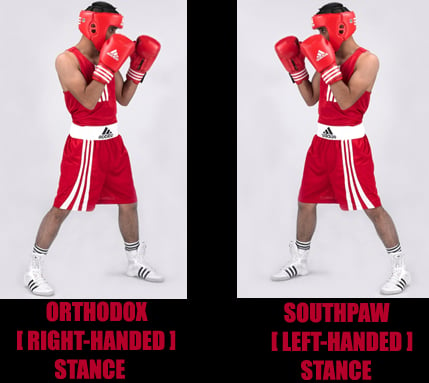
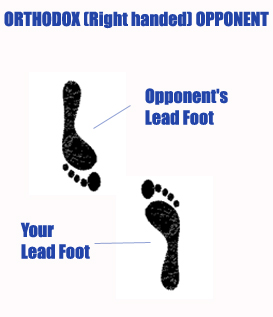
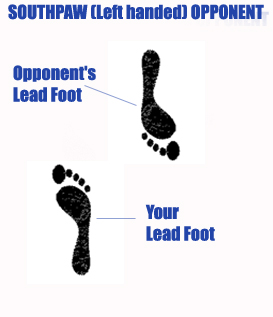
Stance and Footwork
The boxing stance itself is easy to learn, but to learn how to move with it, and how to use it can be difficult.
There are two stances in boxing, Orthodox and Southpaw.
Orthodox is used if you are right-handed. Where your opposite (left) foot is your lead foot, and you are angled with your left side facing your opponent.
Southpaw is for left-handed boxers, when your right foot is in front, and your body is angled with the right side forward.
In both cases, knees are slightly bent, and heels are off the floor. Both hands are up around the face, far enough apart to see, but close enough to not allow a glove through.
The key is to remember this while moving. When moving in any direction, one does not cross his feet. You move by pushing off from your rear foot.
If you are close to you opponent, you use your back foot to pivot, instead of pushing off.
You always stand straight. Never lean forward. Use your knees to adjust your height. In other words, "sit" when attacking to the body.
How you stand in relation to your opponent, depends on his stance.
As shown in the diagram, your lead foot should be inside his lead foot if he is Orthodox, If he is Southpaw, your lead foot should be outside his.
Also, when moving around your opponent, step in the direction of his jab. If he is right-handed, move to his left, or your right. Do the opposite if he is Southpaw.
This is difficult to do as your opponent is jabbing at you, your instinct is to want to move away from it. However, what you are actually doing is stepping into his right cross, or left cross in the case of a Southpaw. If your opponent sees you doing that, he will catch on, and eventually nail you. Stay away from his stronger arm.

Attack/Offense
There are eight offensive moves in boxing. These are put together to make many different attack combinations. Generally, it is not good practice for a boxer to only throw one punch at a time.
Each punch a boxer can throw is numbered. In training, the coach will yell out these numbers, and the boxer would have to throw the designated punch.
You may have have heard of the "1 - 2 Punch". That is the most common combination. It is a left jab and a right cross (Opposite for a Southpaw).
For a boxer in Orthodox stance, this numbering system corresponds to the following: [1] Left Jab, [2] Right Cross, [3] Left Hook, [4] Right Hook, [5] Left Uppercut, [6] Right Uppercut, [7] Low Left Hook, [8] Low Right Hook. This is opposite for Southpaw.
You may even hear a coach calling out these to a boxer during a match.


Defence
Defense consists of four different moves: Block, parry, duck, slip.
A block is simply that. Also called a 'trap', this means trapping the incoming attack with one or both hands. Elbows are used to block a body attack.
A parry is simply slapping the punch away. You should always parry with the opposite hand from the one your opponent is throwing. For example, you would parry a left jab using your right. Parry does not work against a body attack.
A duck just means moving your head away from the impeding attack. Although it does not necessarily mean to 'duck'. The 'duck' defense means bend your knees to get out of the way. The duck does not work against body punches.
A slip is moving your body to one side to move away from the attack. This type of defense will usually work against a head or body attack.
Conclusion
That is all for this introduction to the sport of boxing.
.
© 2014 paulbrec


